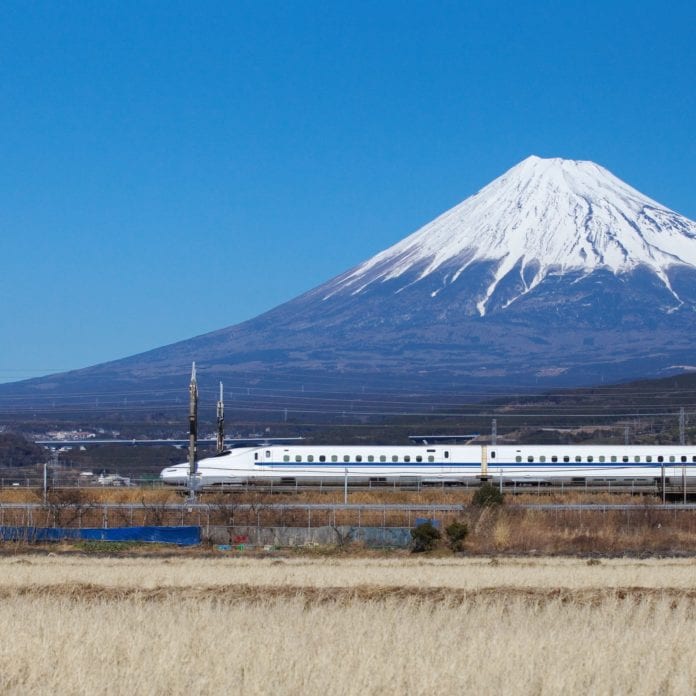Cisco noted that this collaboration showcased the interoperability between technology providers using O-RAN base stations to deploy local 5G
Cisco and partners JTower, Mitsui Knowledge Company (MKI) and Airspan Networks have deployed a local 5G Open RAN (O-RAN) environment for in-building infrastructure sharing, with the main aim of introducing local 5G networks in Japan.
The deployment is built with Cisco Private 5G, JTower’s Local 5G in-building infrastructure sharing system, Airspan’s 5G vRAN while MKI is responsible for the construction and testing of the end-to-end 5G wireless environments, the vendors said.
In a release, Cisco said that the collaboration showcases the interoperability between technology providers using Open RAN base stations to deploy local 5G. The U.S. networking firm noted that the companies’ technology solutions will enable a new infrastructure- sharing approach to help enterprises and Japanese government entities to optimize costs when deploying local 5G systems.
Currently, enterprises and local government entities must build their own networks, resulting in capital investment and operational deployment barriers, according to Cisco.
“Network sharing provides a much more efficient solution for certain use cases. By introducing the concept of Local 5G, the initiative will create new value-added services for businesses and local governments by reducing barrier to entry investments, speeding up service launch times and reducing the carbon footprint,” said Atsushi Takahashi, director of cloud and service provider architecture at Cisco Japan.
Cisco also highlighted that this approach enables efficient network sharing in large-scale buildings, factories and underground spaces by using local 5G-compatible optical relay Distributed Antenna System (DAS). The DAS converts radio waves from base stations into digital signals and distributes them via optical cables. In addition, some facility networks can be shared by mobile carriers and multiple local 5G service providers.
Cisco Private 5G is hybrid cloud-based and Cisco says it was built from the start to enable local 5G networks. It is available as-a-service for simple consumption and has neutral host multi-tenancy capability that accommodates multiple local 5G service providers, eliminating the requirement to build a new core network and shortening network construction times, the company added. Meanwhile, JTower’s local 5G shared system enables efficient network sharing by using a local 5G-compatible optical relay DAS, reducing the capital investment required by eliminating the need for individual equipment procurement and installation work.
Airspan’s Open RAN design provides the Radio Unit (RU), Distributed Unit (DU), and Central Unit (CU) that make up a 5G base station in a single chassis. MKI is responsible for the construction and testing of the end-to-end 5G wireless environments.
“We will contribute to the development of the local 5G market in Japan through collaboration among the four companies, leveraging our experience in infrastructure sharing,” said Isao Ohashi, vice head of smart city planning division and head of external and government affairs at JTower.
Earlier this year, Nokia had announced the opening of its revamped Advanced Technology Center (ATC) in Tokyo to test and demonstrate Nokia’s end-to-end portfolio of Local 5G equipment, software and services. The center will now allow enterprises, communications service providers (CSPs), and infrastructure providers to learn and understand the potential of Local 5G technology.
Nokia had acquired a Local 5G radio license from the Ministry of Internal Affairs and Communications, which allows it to demonstrate Local 5G in its Roppongi office in Tokyo.

